|
Blog Post from Chris Wynne, Conservation Officer, North Wales Wildlife Trust Situated on a series of small islands in the lagoon, over the last decade Cemlyn’s tern colony, and in particular the Sandwich terns, have fared remarkably well. The five-year (2012-2016) average breeding population for Sandwich terns is 2400 pairs with an increasing trend. There is an average mean clutch size of 1.42 and productivity estimated at 0.73 over the same period. The success of the Sandwich tern colony is remarkable –the only Welsh colony, it currently stands at about 20% of the UK population and 3% of the world population. However, this has also resulted in competition for nesting space with other tern species and disturbance for the later breeding species, especially by near fledged chicks. 2017 also produced a dramatic and catastrophic break in the Sandwich tern’s breeding population with a small family of otters devastating the colony causing complete abandonment. We are currently preparing work to help us prevent a repeat of this in 2018. The outlook for common and Arctic terns is less rosy with the small mixed colony of 30-60 birds having a very low productivity (0.02 or thereabouts) in recent years. In addition, there is still a notable absence of roseate terns breeding at Cemlyn and although in 2015 a pair may have “possibly” bred – based on observations of behaviour - no confirmed nest was found. The importance of restoring and boosting the common tern colony to attract breeding roseate terns to a site is well established. Overall, the colony faces numerous threats; with predation from large gulls and mammals being the short-term cause while in the longer-term, climate change could reduce the availability of safe breeding habitat. The predicted increase in frequency and strength of winter storms could result in a breach to the shingle ridge at Cemlyn (which currently protect the tern islands) and as a consequence increase the risk of the colony flooding. The additional threat posed by the new nuclear power station at Wylfa, the main site for which is approximately a km away, is also substantial. Of particular relevance is the proposed breakwater at Porth y Pistyll which could lead to changes in coastal geomorphological process in Cemlyn, including accelerating and/or altering the movement of shingle. The Core Management Plan for the Cemlyn Special Protected Area (SPA)/Special Area of Conservation (SAC) identifies the need to provide adequate space and type of habitat on the islands to support the breeding colony – space for nests and normal bird behaviour. Over the decades, the Wildlife Trust has carried out a range of management activities to do this – including creating the western island from excavated material (late 1970’s), excavated a channel around the main islands to restrict access by people (late 1970s) and most relevant filled in a section of the main island to create further nesting space (1997)  Aerial view of Cemlyn islands and shingle ridge. Photo Credit: Chris Wynne Aerial view of Cemlyn islands and shingle ridge. Photo Credit: Chris Wynne During Summer 2017, and thanks to the Roseate Tern LIFE project, we were able to install 4 tern rafts. Although only used in a cursory way in the first year, we will be hoping for more interest from the terns in 2018. More significantly, in the early winter, the Wildlife Trust got to work on increasing the availability of nesting habitat on the main island. The main island is relatively small (0.4 ha) and includes a low-lying area of 0.05 ha i.e. c 12% of the island which is some 15-20 cm below the rest of the islands. This means, it is inundated for parts of the year and critically not available for nesting terns. Instead, loafing terns and a small number of feeding waders use it throughout the year. To rectify this situation and make the area habitable for nesting tens, we proposed to import varying sized, clean small rock to raise the profile of the low-lying area. Taking material from the shingle ridge itself was definitely not on! The final landform would include small channels similar to elsewhere on the islands and a low-lying area of about ¼ of the existing one will remain. Attention was also paid to biosecurity and pollution control measures. However, the tern colony does not occupy Cemlyn in isolation – the lagoon, shingle ridge are a SAC, and consideration needs to made in the management of the tern colony to not impact their key features. For the former, wide ranges of specialist brackish water invertebrates are present on or in the lagoon substrate.  To minimise physical damage to these SAC features and increased sediment in the water and following discussion with Natural Resources Wales it was planned to construct a short gangway from the ridge to the island. This gangway would allow stone to be carried across in powered barrow machinery. Photo Credit: Chris Wynne To cover the area (0.05 ha) and to raise it to the right level approximately 46 tons of material was imported via the gangway onto the island. The opportunity provided by the gangway and transport was made good use of. Sea beet on the island has increased considerably over the last decade and effectively occupies nesting space and provides cover for predators. We removed approximately 30% of bushes from some of the traditional common/Arctic tern areas on the east side of the island. This is in an attempt to favour these species nesting in this area. Through the summer of 2018, we will watching the use of the newly created areas by terns. We will also be keeping an eye on the presence of waders in the remaining low-lying areas and for any long-term impact on the lagoon.
0 Comments
News travels fast amongst the birdwatching community- bad news even faster. It’s very, very quiet at Cemlyn. Earlier this year and following a run of excellent breeding seasons, North Wales WildlifeTrust with help from the Roseate Tern LIFE Project, installed rafts on Cemlyn lagoon. This was a pro-active measure to encourage Common terns, protect breeding birds against predation and to relieve nest site ‘pressure’ given the continued expansion of the Sandwich Tern colony. Our early optimism for the 2017 breeding season was premature and we are very sad to report that despite a good start, 2017 has been a very difficult year and the terns have abandoned nesting and dispersed. From mid-May onwards, it became obvious that Cemlyn’s lagoon islands were being harassed by otters – a species that just like the terns, benefits from strong legal protection. Initially, the predation targeted black-headed gull nests however, the disturbance and panic created by these predators kept the gulls and the terns off the islands their nests for long periods, often during wet or cold nights. Concerted and prolonged predation of protected species by another protected species presents a complex management dilemma for North Wales WildlifeTrust. Following discussion with Natural Resources Wales, a number of attempts were made to deter the predators but these were generally unsuccessful. As the breeding season progressed the nesting terns became increasingly unsettled and the many nests that were abandoned created additional opportunities for predation by corvids and the large gulls. The main part of the tern colony was largely abandoned by 17th June however, Common, Arctic and Sandwich Terns continued to try to nest on the smaller island in the lagoon. Despite the erection of a protective fence, these remaining birds subsequently deserted as well. Predation and disturbance by land mammals and birds on such a scale is not a unique event at Cemlyn or other colonies; the last such events at Cemlyn were in 2007 and 2008. Where the main ‘culprits’ were heron and geese. The key thing now, as then, is that North Wales Wildlife Trust anticipate and respond to the threat of predation. Longer term plans and measures for protecting the colony will be put in place before the return of the terns in the Spring of 2018. Working with other organisations with experience of dealing with such issues, we will put in place a series of measures to ensure that the Cemlyn terns get as much protection and the best breeding chances possible; these measures will of course, be appropriately licenced and consented by the Natural Resources Wales as the statutory environmental and species licensing authority. Most of the adult terns, having abandoned breeding, are now moulting and have dispersed away from Cemlyn. They continue to take advantage of and feed off the shoals of sandeels and whitebait around Anglesey’s coasts. In the few short weeks of our summer, the small fish stocks around Anglesey’s coasts will give them the strength and nutrition for the long journey south.
We are asking our coastal communities, sea anglers, walkers on the Anglesey Coastal Path and our wildlife watchers to keep an eye out for large flocks of Sandwich terns – it would be interesting to know where they spend time before the long migration south for winter. Guest Blog by Alison - Roseate Tern Community Engagement Officer Mae newyddion yn trafaelio yn cyflym yn nghymuned yr adarwyr – newyddion drwg hyd yn oed yng hynt. Yn Cemlyn mae hi ‘n dra ddistaw. Yn gynharach eleni ac yn dilyn amrediad o dymhorau bridio gwych, gosodwyd Ymddiriedolaeth Natur Gogledd Cymru, gyda chymorth gan Prosiect LIFE y Môr-wennol wridog, rafftiau ar y lagŵn yng Nghemlyn. Mesur gweithredol oedd hyn i annog y môr-wennol gyffredin, i amddiffyn adar bridio yn erbyn cael eu rheibio ac i leddfu “pwysa” ar y safle nythu gan fod nythfa’r môr-wennoliaid pigddu yn tyfu’n gyson. Cynamserol roedd ein gobeithion cynnar am 2017 ac rydym yn dra siomedig i orfod adrodd, er y cychwyniad da, y bod 2017 wedi bod yn flwyddyn anodd dros ben ac mae’r môr-wennoliaid wedi gadael eu nythod ac wedi gwasgaru. O ganol mis Mai ymlaen, fe ddaeth hi yn amlwg fod yr ynysoedd yn y lagŵn yng Nghemlyn yn cael eu poenydio gan ddyfrgwn – rhywogaeth sydd , fel y môr-wennoliaid, yn elw o amddiffyniad llywodraethol gre. Yn y dechrau targed yr ysglyfaethu oedd nythod y gwylanod penddu ond, fe oedd yr aflonyddwch a’r cynnwrf oedd wedi gael eu creu gan y rheibwyr hyn wedi cadw’r gwylanod ar môr-wennoliaid i ffwrdd o’r ynysoedd a’i nythod am gyfnod maith, yn aml ar nosweithiau gwlyb ac oer. Mae ysglyfaethu cytunedig ac hir dymor o rywogaethau amddiffynnol gan rywogaethau amddiffynnol arall yn creu penbleth rheolaeth cymhleth i Ymddiriedolaeth Natur Gogledd Cymru. Yn dilyn trafodaethau hefo Cyfoeth Naturiol Cymru, gwneuthum nifer o ymdrechion i rwystro y rheibwyr ond ar y cyfan profodd rhain yn aflwyddiannus. Fel aeth y tymor bridio yn ei flaen fe aflonyddodd y môr-wennoliaid yn fwy-fwy ac fe grëwyd y nifer y nythod gweigion ragor o gyfleodd o reibio gan frain a gwylanod mawr. Cafwyd y rhan fwyaf o’r prif ddarn y cytref môr-wennoliaid ei adael erbyn 17ain o Fehefin ond, fe ymdrechodd môr-wennoliaid cyffredin, y Gogledd a’r bigddu nythu ar yr ynys leiaf yn y lagŵn. Er bod yna ffens wedi eu chodi i amddiffyn yr adar, yn y diwedd fe adawodd yr adar hyn hefyd . Nid yw rheibio ac aflonyddwch gan famaliaid y tir ac adar ar ffasiwn raddfa mor unigryw yng Nghemlyn neu gytrefi eraill; y digwyddiadau tebyg blaenorol yng Nghemlyn oedd yn 2007 a 2008. Yr adeg hyn y prif “droseddwyr” oedd crehyrod a gwyddau. Y peth pwysig nawr, fel yr oedd adeg hynny, y dylid Ymddiriedolaeth Natur Gogledd Cymru ragweld ac ymateb i’r bygythiad o reibio. Fe fydd cynlluniau a mesuriadau hir dymor i amddiffyn y cytref mewn lle cyn i’r môr-wennoliaid ddychwelyd yn y Gwanwyn o 2018. Drwy gyd-weithio hefo mudiadau eraill gyda phrofiadau yn y maes hyn, fe fyddem yn gosod cyfres o fesurau mewn llaw er mwyn sicrhau y bydd môr-wennoliaid Cemlyn yn cael cyn gymaint o amddiffyniad ar siawns gorau o fridio a sydd bosib; wrth gwrs fe fydd y mesurau hyn yn cael eu trwyddedu’n briodol ac wedi eu caniatáu gan Gyfoeth Natur Cymru fel y awdurdod statudol amgylcheddol a trwyddedu rhywogaeth . Wedi rhoi gorau i fridio mae oedolion y môr-wennoliaid nawr yn bwrw eu plu ac wedi symud i ffwrdd o Gemlyn . Maent yn parhau i fwydo ar y heigiau o lymrïaid a silod mân o gwmpas arfordiroedd Ynys Môn. Yn yr wythnosau byr o’n Haf, mae’r nifer o bysgod o gwmpas arfordiroedd Ynys Môn yn rhoi nerth a maeth iddynt am y siwrnai hir i’r De.
Rydym yn gofyn i’n cymunedau arfordirol, pysgotwyr môr, cerddwyr ar Lwybr Arfordirol Môn a ein gwylwyr bywyd gwyllt gadw golwg allan am heidiau o fôr-wennoliaid pigddu – diddorol fydd gwybod ym mhle maent yn treulio amser cyn iddynt fudo i’r de am y gaeaf. Guest Blog by Alison - Swyddog Cymunedol y Môr-wennol gwridog |
More Blogs to Read
AuthorThis blog is maintained by various people from the project team. Archives
August 2020
Categories
All
|
Roseate Tern LIFE Project is supported by the LIFE Programme of the European Union
LIFE14 NAT/UK/000394 ROSEATE TERN
LIFE14 NAT/UK/000394 ROSEATE TERN



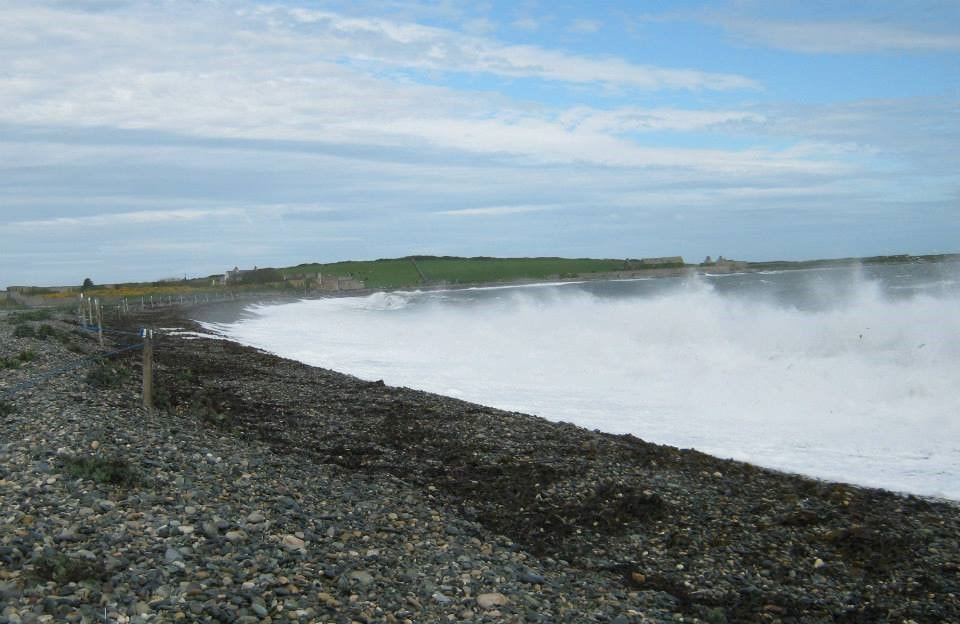


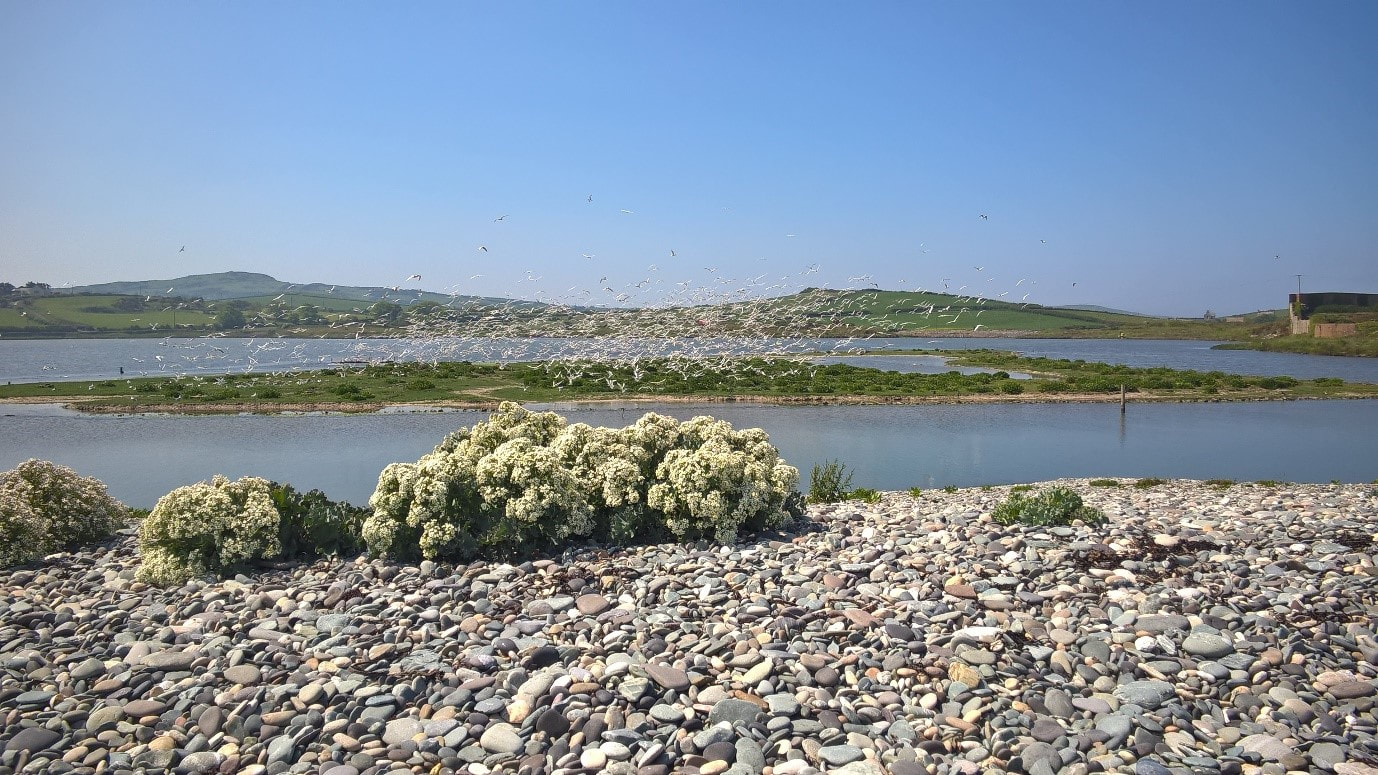
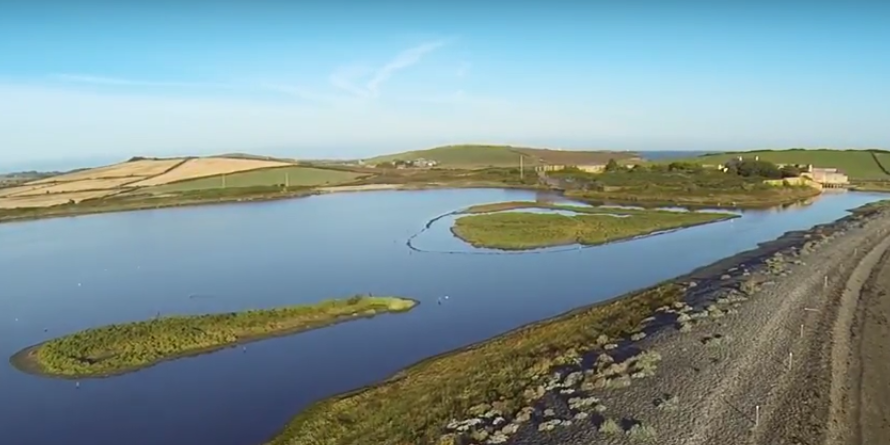
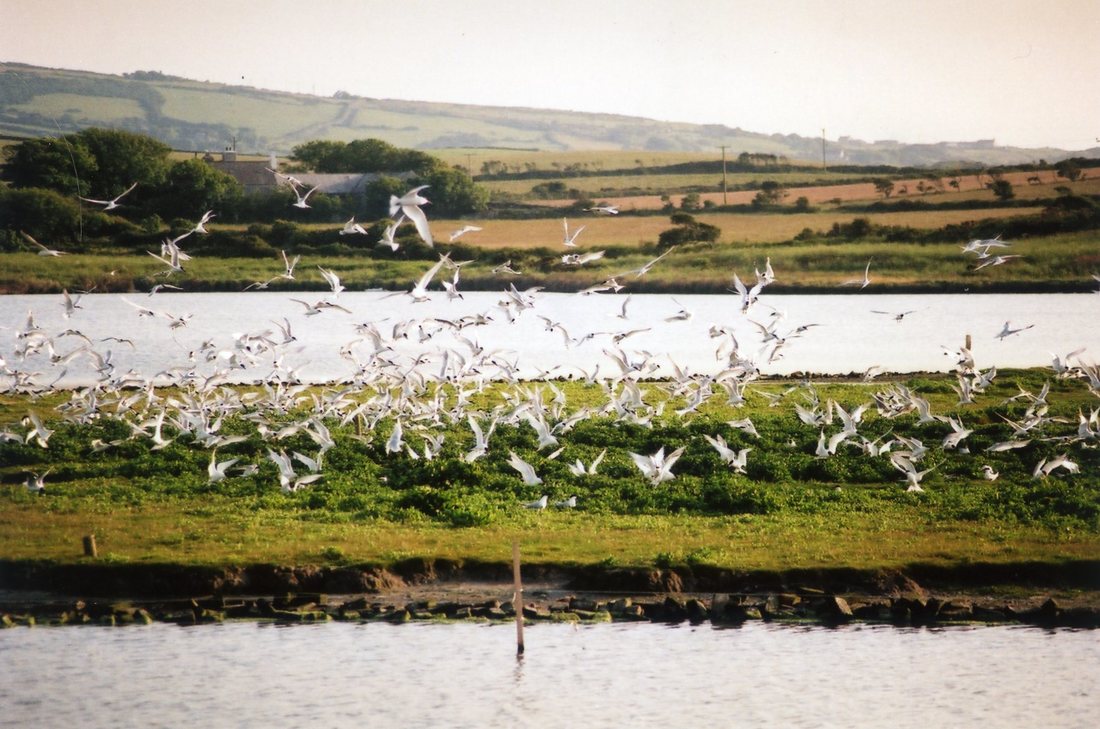
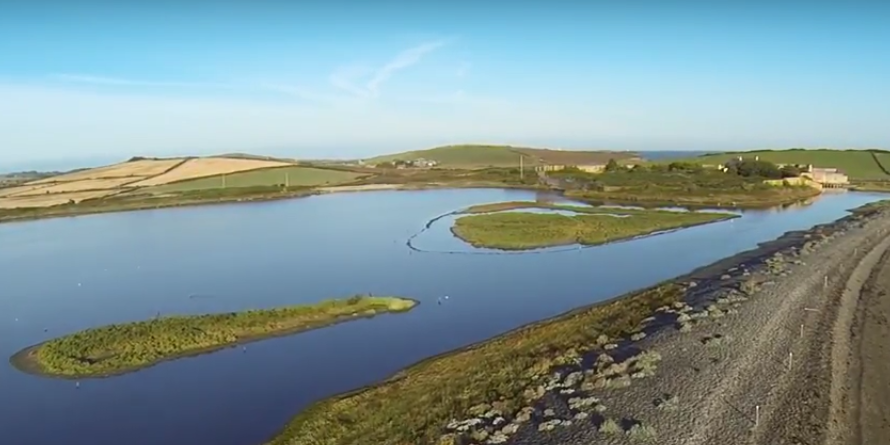



 RSS Feed
RSS Feed